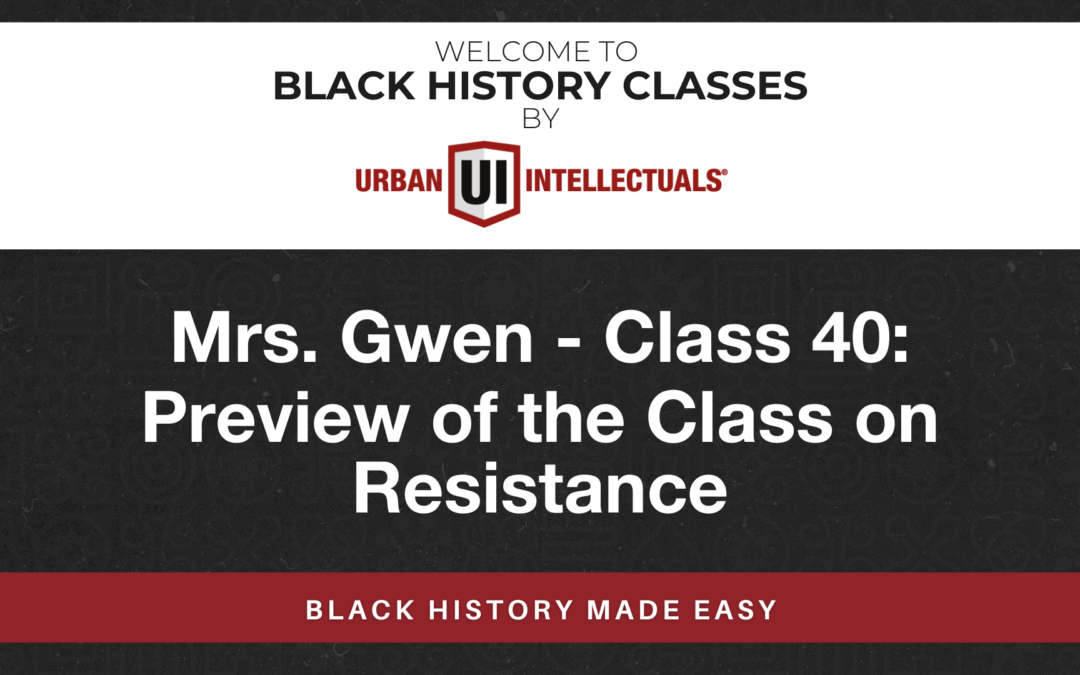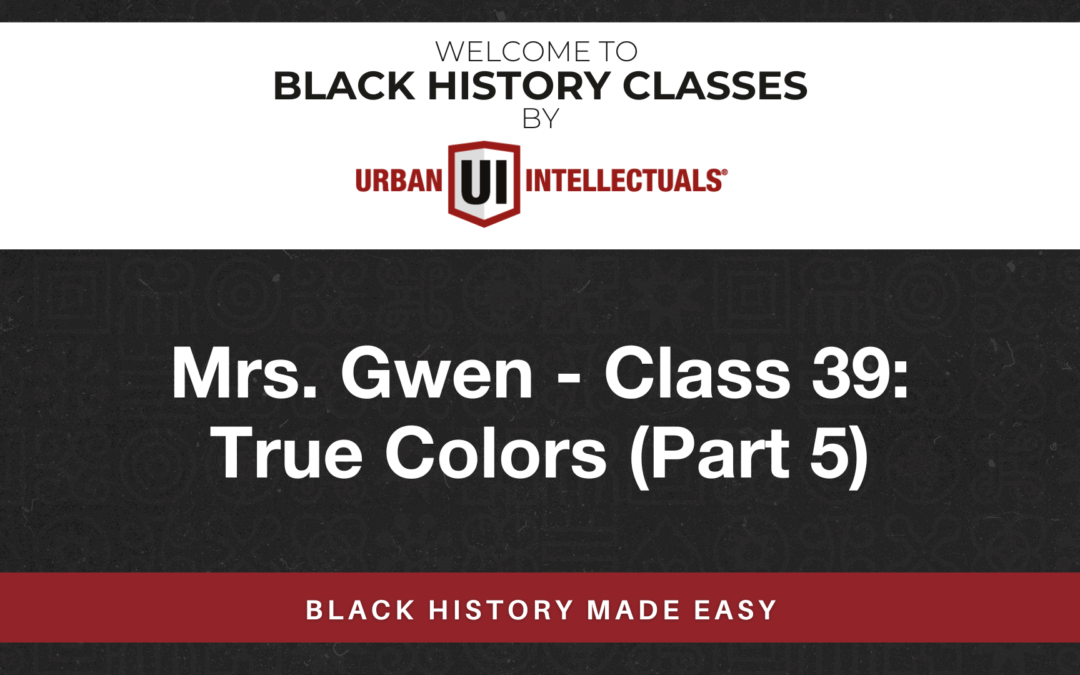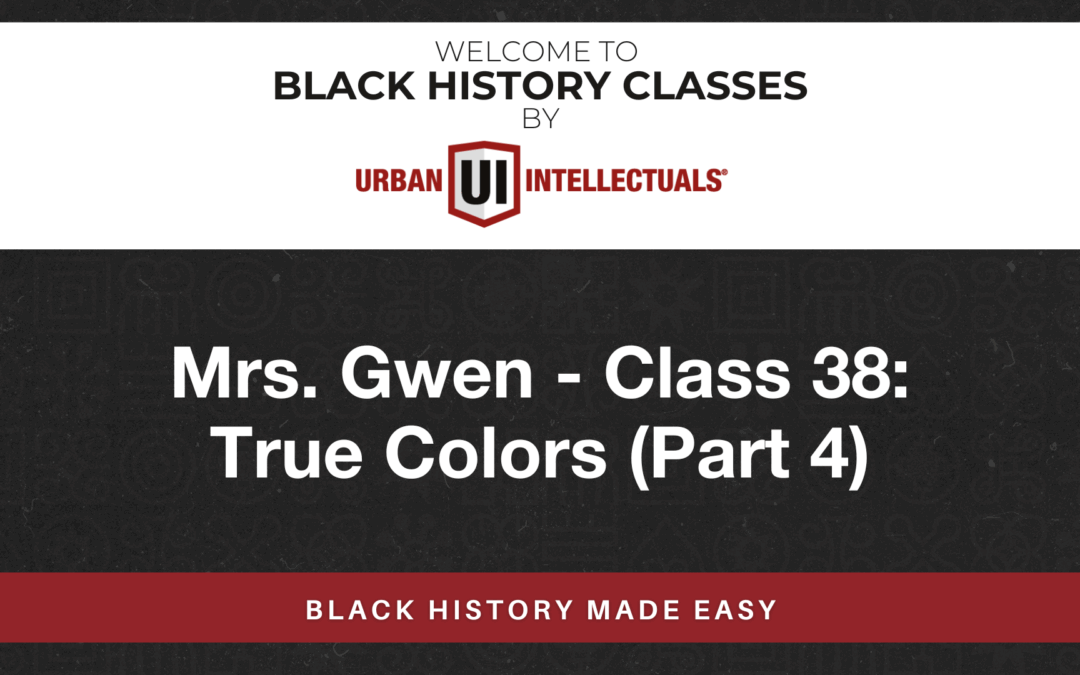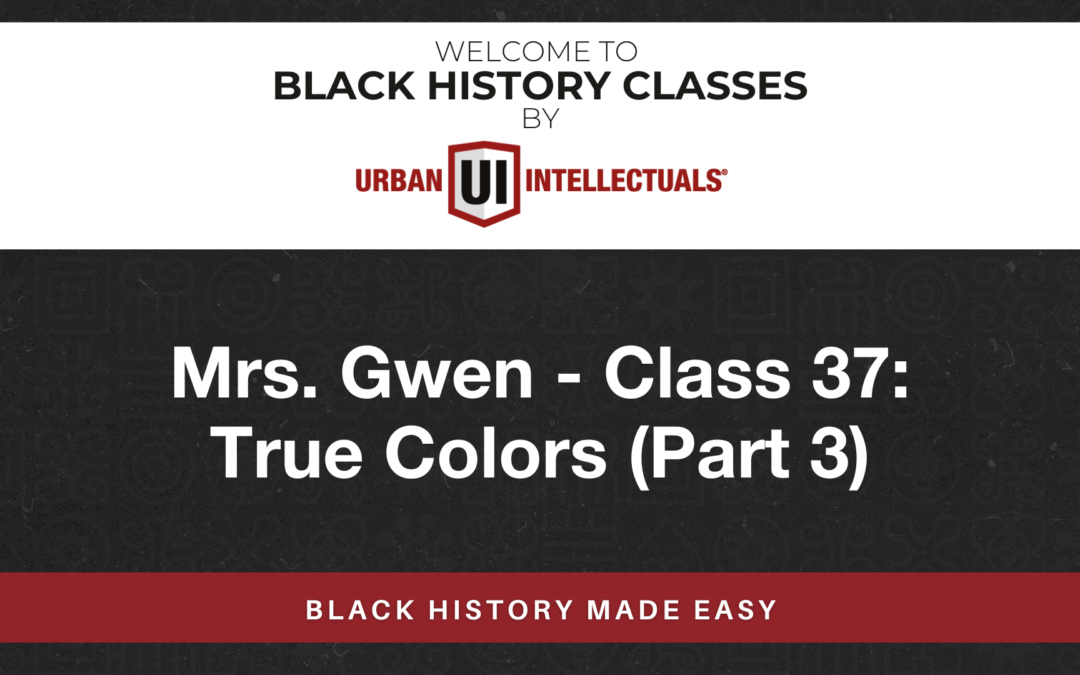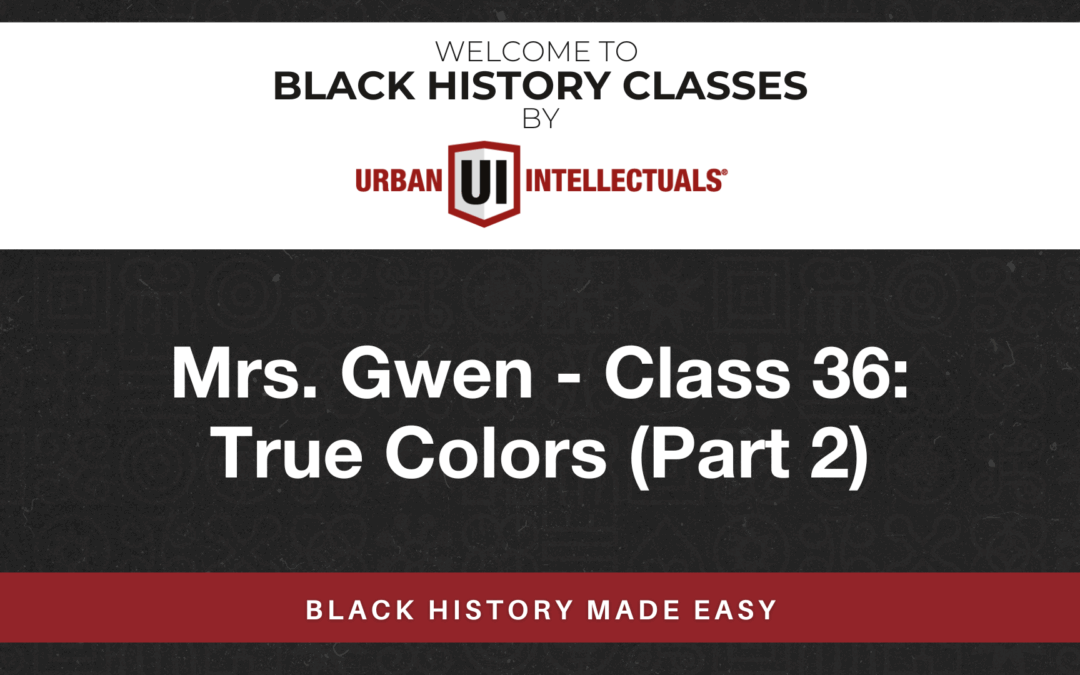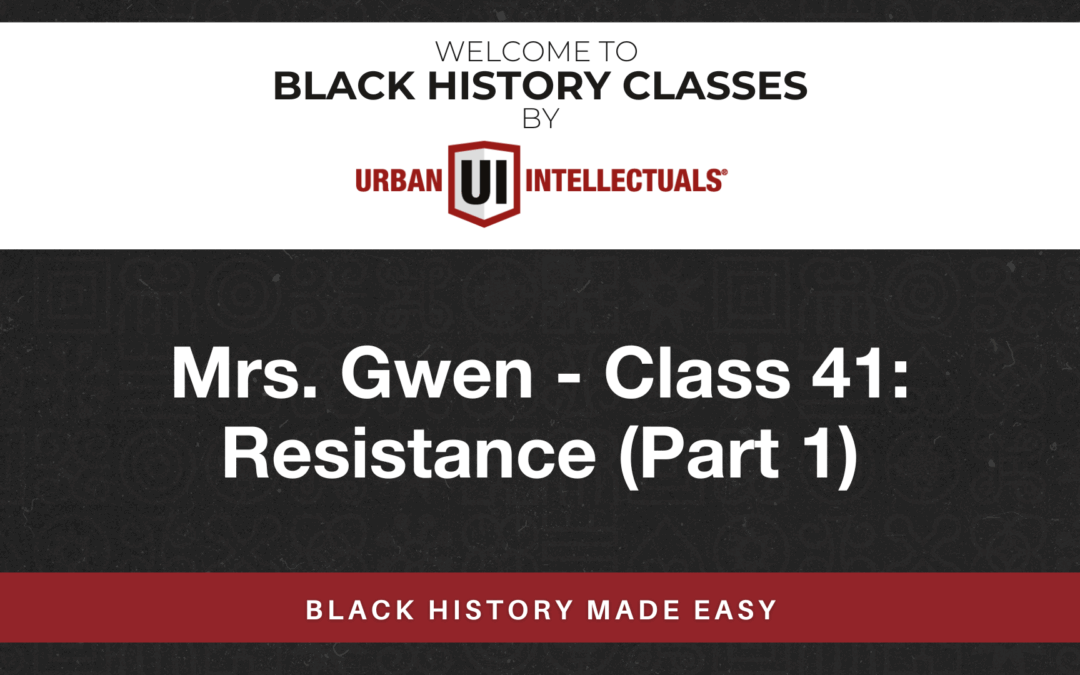
Class 41: Resistance (Part 1)
CLASS OVERVIEW
Learn about how Kings, Pharaohs and Queens used strategies to defeat their enemies and would be oppressors.
BEFORE YOU GET STARTED:
- Please check the materials that go with this lesson and print relevant materials.
- Also, check out the books and products the teachers use for further learning.
- Reach out to support@urbanintellectuals.com if you have any questions or issues.
- Some links may be affiliate links where we may earn a small commission from purchases.
Sources:
N/A
Study Guide
Queen Amanirenas, the warrior queen of Kush, led a fierce resistance against Roman expansion in the 1st century BCE. Her strategies offer valuable lessons for modern resistance movements:
– Strategic Alliances: Amanirenas mobilized her forces and worked with other Kushite leaders to strengthen her army.
– Symbolic Defiance: She famously took the bronze head of Emperor Augustus from a statue and buried it under a temple’s steps—a powerful act of resistance.
– War of Attrition: Rather than direct prolonged battles, she leveraged terrain, climate, and persistent resistance to wear down Roman forces.
– Diplomatic Negotiation: Despite Rome’s military strength, she secured a peace treaty that preserved Kush’s independence without paying tThese tactics—unity, symbolism, endurance, and negotiation—remain relevant for movements resisting oppression today. Which of these strategies do you find most compelling.
King Hannibal of Carthage was a master of unconventional warfare, and his strategies remain relevant for resistance movements today. Here are some key lessons:
– Guerrilla Tactics & Attrition: Hannibal avoided direct confrontation when necessary, using small-scale attacks to weaken his enemies over time
-Psychological Warfare: He deceived opponents by manipulating their expectations—like his famous double envelopment at Cannae, where he lured Roman forces into a trap
– Adaptability & Terrain Advantage: Hannibal used geography to his benefit, such as forcing Roman troops to cross freezing rivers before battle, weakening their effectiveness.
– Strategic Alliances: He sought support from local populations and allied forces, ensuring he had reinforcements and supplies.
These tactics—deception, endurance, adaptability, and coalition-building—can be applied to modern resistance movements.
Queen Nzinga of Ndongo and Matamba was a brilliant strategist who resisted Portuguese colonial rule in the 17th century. Her tactics offer valuable lessons for modern resistance movements:
– Diplomatic Maneuvering: Nzinga negotiated with European powers, using diplomacy to delay invasions and secure resources for her people.
– Guerrilla Warfare: She led her forces in unconventional warfare, using the terrain to her advantage and launching surprise attacks.
– Symbolic Defiance: Nzinga refused to be subjugated, famously sitting on the back of an attendant rather than accepting an inferior seat during negotiations.
– Strategic Alliances: She formed coalitions with neighboring African groups to strengthen her resistance against Portuguese forces.
Her ability to blend diplomacy, military strategy, and psychological warfare remains relevant today. Which of these strategies do you think is most applicable to modern resistance movements?
King Sundiata Keita, the legendary founder of the Mali Empire, offers powerful lessons in resistance and leadership. His strategies remain relevant today:
– Resilience Against Adversity: Sundiata overcame exile and physical challenges before reclaiming his throne, showing the importance of perseverance.
– Coalition Building: He united various Mandinka clans to overthrow the oppressive rule of Sumanguru Kante, emphasizing the strength of alliances.
– Strategic Warfare: Sundiata used superior tactics and knowledge of the terrain to defeat his enemies, proving that preparation and adaptability are key.
– Cultural Identity & Legacy: He established governance based on justice and tradition, ensuring long-term stability. Resistance isn’t just about fighting—it’s about building a lasting foundation.
His story is a testament to unity, strategy, and resilience. Which of these strategies do you think is most relevant today?
King Sunni Ali Ber, the ruler of the Songhai Empire (1464–1492), was known for his military brilliance and strategic governance. His resistance strategies offer valuable lessons for modern movements:
– Military Innovation: Sunni Ali developed a powerful navy on the Niger River, using it to control trade routes and launch surprise attacks.
– Psychological Warfare: He instilled fear in his enemies through swift and decisive action, ensuring his reputation as a formidable leader.
– Strategic Expansion: He conquered key cities like Timbuktu and Djenné, securing economic and political dominance.
– Adaptability: He balanced traditional African beliefs with Islam, maintaining unity among diverse populations.
His ability to blend military strength, psychological tactics, and cultural diplomacy remains relevant today. Which of these strategies do you think is most applicable to modern resistance movements?
THE QUIZ
No quiz.

